 https://innovation.luskin.ucla.edu/wp-content/uploads/2024/07/web-headers-2024-07.png
0
0
angela wu
https://innovation.luskin.ucla.edu/wp-content/uploads/2024/07/web-headers-2024-07.png
angela wu2025-05-05 20:29:242025-10-31 15:28:25Efficient Outdoor Thermal Comfort via Radiant Cooling and Infrared-Reflective Walls
https://innovation.luskin.ucla.edu/wp-content/uploads/2024/07/web-headers-2024-07.png
0
0
angela wu
https://innovation.luskin.ucla.edu/wp-content/uploads/2024/07/web-headers-2024-07.png
angela wu2025-05-05 20:29:242025-10-31 15:28:25Efficient Outdoor Thermal Comfort via Radiant Cooling and Infrared-Reflective Walls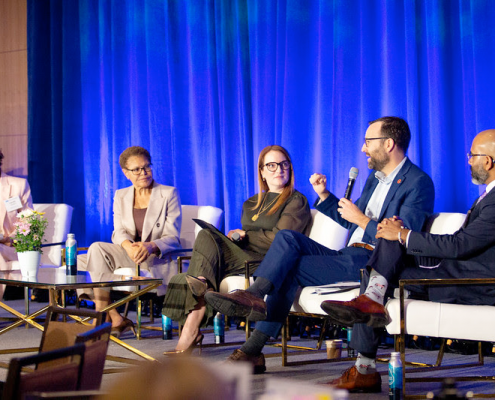
UCLA Luskin Summit 2025: A Vision for Equitable Recovery After the L.A. Fires
The UCLA Luskin Summit 2025 brought experts together to explore pathways to equitable and resilient rebuilding in the wake of the LA Fires.
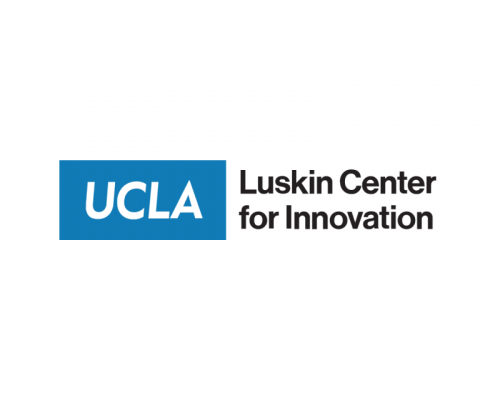
On the fires, from UCLA Luskin Center for Innovation
In the coming weeks, we will work with our colleagues at UCLA and partners across the region to help shape efforts that expedite recovery while advancing equity and resilience in our rapidly changing environment.
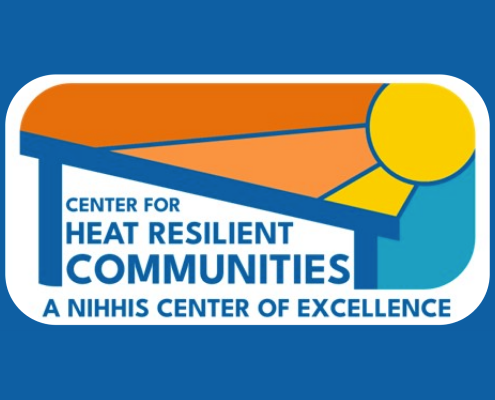
The Luskin Center for Innovation-based Center for Heat Resilient Communities is now accepting applications
The Center will engage and support 10 communities and tribal entities in determining the best strategies for local heat mitigation and management.

UCLA Luskin Center for Innovation releases Strategic Roadmap
Journeying through 15 years of impact, our priorities for the next few years, and opportunities to partner

UCLA Luskin Center for Innovation’s Strategic Roadmap
Join us on our journey to inform effective and equitable environmental policy
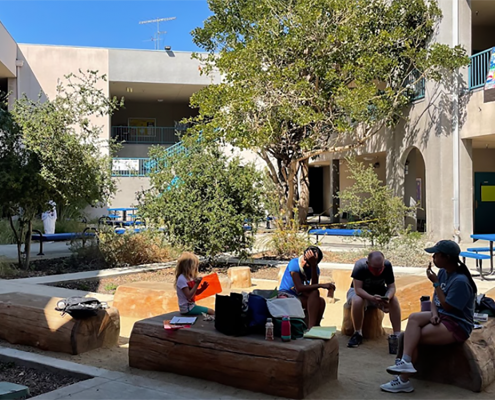 https://innovation.luskin.ucla.edu/wp-content/uploads/2023/08/heat-equity.png
750
1500
Mara Burstein
https://innovation.luskin.ucla.edu/wp-content/uploads/2024/07/web-headers-2024-07.png
Mara Burstein2024-10-14 15:52:572025-10-10 13:19:36Shade Infrastructure Planning
https://innovation.luskin.ucla.edu/wp-content/uploads/2023/08/heat-equity.png
750
1500
Mara Burstein
https://innovation.luskin.ucla.edu/wp-content/uploads/2024/07/web-headers-2024-07.png
Mara Burstein2024-10-14 15:52:572025-10-10 13:19:36Shade Infrastructure Planning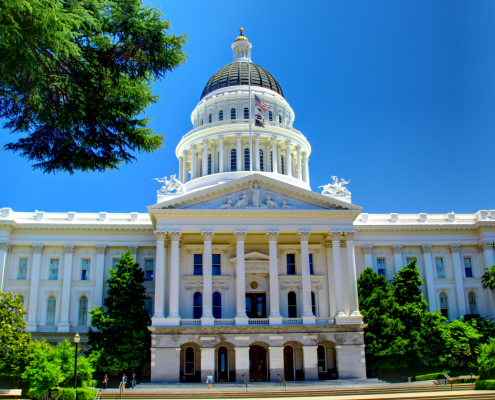 https://innovation.luskin.ucla.edu/wp-content/uploads/2024/10/California_State_Capitol_Building_-_Full_Front_Facade-scaled-e1729031516285.jpg
1442
2560
angela wu
https://innovation.luskin.ucla.edu/wp-content/uploads/2024/07/web-headers-2024-07.png
angela wu2024-10-14 15:51:492025-09-08 23:08:02Heat Governance & Policy
https://innovation.luskin.ucla.edu/wp-content/uploads/2024/10/California_State_Capitol_Building_-_Full_Front_Facade-scaled-e1729031516285.jpg
1442
2560
angela wu
https://innovation.luskin.ucla.edu/wp-content/uploads/2024/07/web-headers-2024-07.png
angela wu2024-10-14 15:51:492025-09-08 23:08:02Heat Governance & Policy Picture by Tambako the Jaguar
Picture by Tambako the JaguarUCLA to lead the new Center of Excellence for Heat Resilient Communities
The Luskin Center for Innovation receives a first-of-its-kind federal grant to help protect communities from heat dangers.
 https://innovation.luskin.ucla.edu/wp-content/uploads/2024/02/heat-equity-featured.png
400
495
admin
https://innovation.luskin.ucla.edu/wp-content/uploads/2024/07/web-headers-2024-07.png
admin2024-02-13 08:57:162025-08-05 13:07:50Research informs heat equity solutions to improve human well-being and quality of life
https://innovation.luskin.ucla.edu/wp-content/uploads/2024/02/heat-equity-featured.png
400
495
admin
https://innovation.luskin.ucla.edu/wp-content/uploads/2024/07/web-headers-2024-07.png
admin2024-02-13 08:57:162025-08-05 13:07:50Research informs heat equity solutions to improve human well-being and quality of life